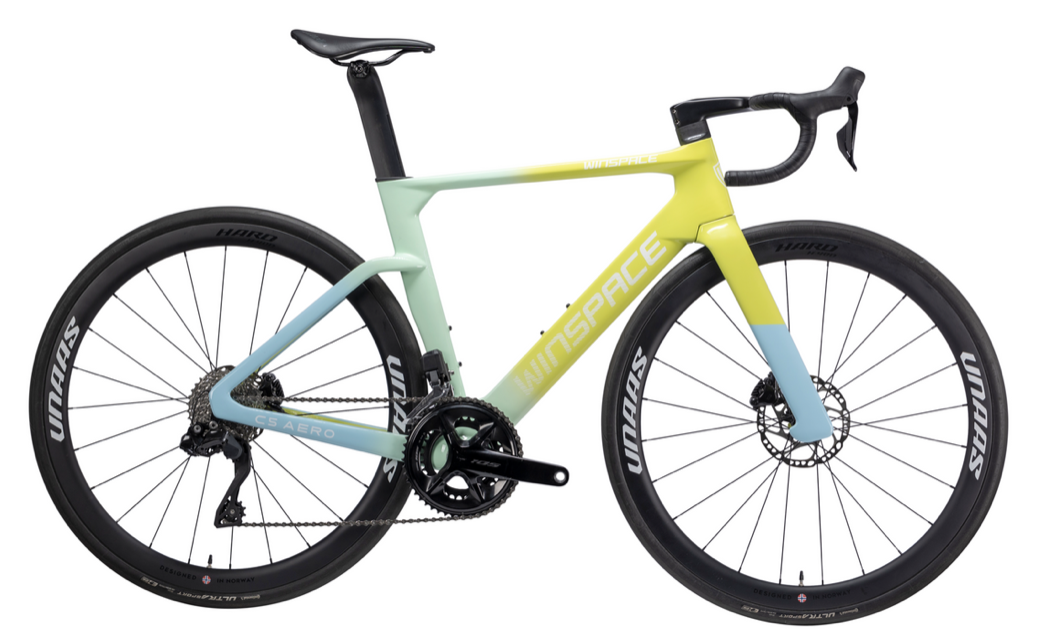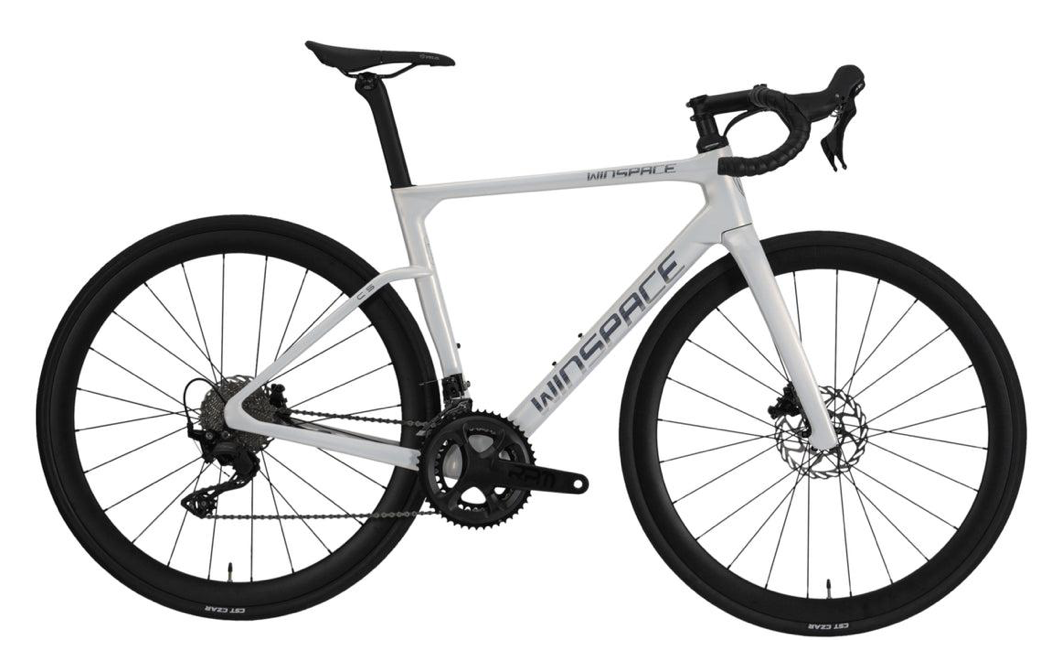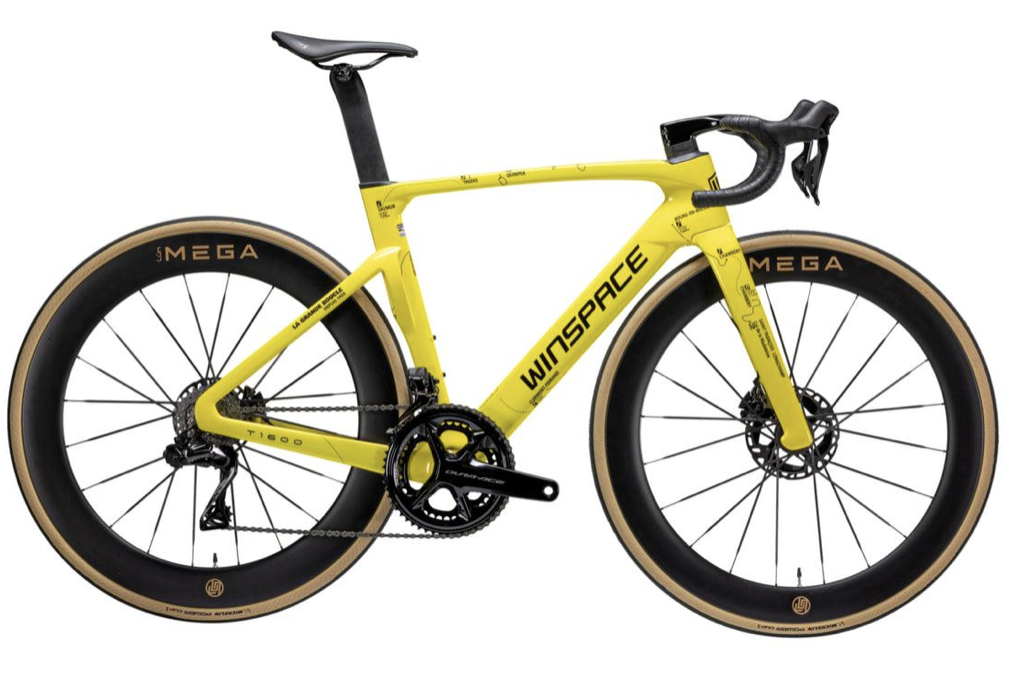Top Sports Engineering Bikes in the EU

For cycling enthusiasts across Europe, investing in a high-quality road bicycle represents more than just a purchase—it’s a commitment to performance, reliability, and the pure joy of riding. The European cycling community demands machines that can handle diverse terrain, from the Alpine passes to coastal routes, while delivering consistent performance through changing weather conditions. Whether you’re a competitive racer, weekend warrior, or daily commuter, the right road bicycle becomes an extension of your ambition and capability.
Understanding what makes a truly durable performance bike is essential, but equally important is knowing how these precision-engineered machines reach your doorstep. European cyclists face unique considerations when selecting their ideal bicycle, including navigating complex shipping logistics, ensuring rigorous quality standards are met, and understanding customs regulations.
This guide explores the finest sports engineering bikes available in the EU market while providing crucial insights into delivery methods, quality assurance protocols, and import considerations that ensure your investment arrives safely and performs flawlessly for years to come.
Key Features of High-Quality Road Bicycles

The foundation of any exceptional road bicycle begins with its frame material. Modern high-performance bikes utilize advanced carbon fiber composites that offer an optimal balance between weight reduction and structural integrity. These materials undergo rigorous testing to withstand the stresses of aggressive riding while maintaining responsive handling characteristics. Aluminum alloys remain popular for their durability and value, particularly in endurance-focused models, while titanium frames appeal to riders seeking long-term reliability with natural vibration dampening properties.
Beyond materials, precision engineering defines performance capabilities. High-quality road bicycles feature carefully calculated geometry that influences handling stability, aerodynamic efficiency, and rider comfort over extended distances. The integration of components matters significantly—seamless cable routing reduces maintenance needs while improving aesthetics, and precisely machined bottom brackets ensure efficient power transfer from pedal stroke to forward motion. Advanced manufacturing techniques like monocoque construction eliminate weak points found in traditional tube-to-tube welding, creating frames that respond predictably under load.
Drivetrain quality separates exceptional bikes from mediocre ones. Professional-grade groupsets deliver crisp, reliable shifting across wide gear ranges, essential for tackling Europe’s varied topography. Wheel construction equally impacts performance, with aerodynamic rim profiles reducing drag at speed while maintaining lateral stiffness for responsive cornering. Attention to contact points—saddle, handlebars, and bar tape—ensures comfort during multi-hour rides, preventing fatigue that compromises both enjoyment and safety on demanding routes.
Best Road Bicycles for European Cyclists
The European market offers exceptional best road bicycles engineered specifically for the continent’s demanding conditions. Canyon’s Ultimate CF SLX stands as a benchmark for climbing performance, featuring a lightweight carbon frame that excels on Alpine ascents while maintaining stability during technical descents. Its German engineering ensures precise handling through tight switchbacks, and the aggressive geometry suits competitive riders seeking maximum efficiency. The bike’s internal cable routing protects components from harsh weather, a practical consideration for year-round European riding.
Specialised’s Tarmac SL7 embodies aerodynamic innovation without compromising climbing ability. This versatile platform performs equally well in criterium racing and gran fondo events across varied European terrain. The frame’s Rider-First Engineered design ensures consistent performance across all sizes, while the integration of disc brakes provides reliable stopping power in wet conditions common to Northern European routes. Its balanced geometry accommodates both aggressive racing positions and more relaxed endurance riding.
For riders prioritizing endurance and comfort, Trek’s Domane SLR incorporates IsoSpeed technology that absorbs road vibration without compromising pedaling efficiency. This design philosophy proves invaluable on Europe’s cobbled classics routes and rougher rural roads. The frame’s compliance reduces fatigue during centuries-long rides while maintaining the stiffness necessary for responsive acceleration. Its clearance for wider tires enhances versatility across different road surfaces.
Bianchi’s Oltre RC delivers Italian craftsmanship with modern aerodynamic principles. The countervail technology integrated into the carbon layup actively cancels vibrations, making it ideal for multi-day touring across European landscapes. Its race-proven geometry has earned victories in professional competitions while remaining accessible to ambitious enthusiasts. The bike’s aesthetic appeal matches its performance credentials, featuring the iconic celeste colorway that distinguishes it immediately.
BMC’s Teammachine SLR01 combines Swiss precision engineering with race-tested performance. This lightweight climber features tuned compliance zones that balance comfort with responsiveness, making it suitable for both competitive events and challenging recreational rides through mountainous regions. The frame’s stiffness-to-weight ratio ensures efficient power transfer during sprints and sustained efforts, while its refined handling inspires confidence on technical descents common throughout the Alps and Pyrenees.
Emerging manufacturers like Winspace Bikes have also gained recognition among European cyclists for their direct-to-consumer models that combine advanced aerodynamic engineering with competitive pricing. Their carbon wheelsets and frame designs demonstrate how specialized manufacturers can deliver performance-focused equipment that competes with established brands while offering value-conscious options for serious riders.
Shipping Methods for EU Orders
European cyclists purchasing high-performance road bicycles have access to multiple shipping methods tailored to balance cost, speed, and protection. Standard ground transportation through established logistics networks like DPD, GLS, and DHL remains the most economical option for intra-EU deliveries, typically requiring five to ten business days depending on origin and destination countries. These carriers specialize in handling large parcels and provide tracking capabilities throughout transit, allowing customers to monitor their bicycle’s journey from warehouse to doorstep.
For customers prioritizing speed, express shipping services compress delivery timelines to two to four business days across most EU territories. Premium carriers utilize dedicated transport routes and prioritized customs clearance procedures, particularly valuable when crossing from non-EU manufacturing hubs into member states. While express options increase shipping costs substantially, they minimize the window during which bicycles remain in transit, reducing exposure to potential handling issues and allowing riders to begin using their new equipment sooner.
Specialized bicycle shipping services offer the highest level of protection through custom packaging solutions designed specifically for high-value sports equipment. These providers use reinforced boxes with internal frame protection, wheel supports, and component cushioning that exceeds standard courier specifications. Professional bicycle logistics companies often include assembly verification services, insurance coverage for the full declared value, and white-glove delivery options where technicians can perform initial setup and safety checks upon arrival.
Direct warehouse collection presents an alternative for customers located near distribution centers, eliminating shipping variables. Many premium bicycle brands maintain strategic fulfillment locations throughout major EU markets, allowing buyers to inspect their purchase before accepting delivery. This method proves particularly advantageous for custom-built specifications where final fitting adjustments benefit from immediate professional consultation. Regardless of chosen method, reputable sellers provide comprehensive packaging that protects critical components during transit, including derailleur hangers, brake calipers, and carbon fiber surfaces vulnerable to impact damage.
Quality Assurance Process
Reputable bicycle manufacturers and distributors implement multi-stage quality assurance protocols that begin at the factory level and continue through final delivery. Initial inspections occur during frame production, where technicians verify carbon layup integrity, weld quality on metal frames, and dimensional accuracy against engineering specifications. Each frame undergoes stress testing to confirm it meets safety standards established by European EN standards and ISO certifications, ensuring structural reliability under real-world riding conditions. Critical junction points receive particular scrutiny, as these areas experience the highest loads during aggressive riding.
Component installation follows documented procedures that specify torque values for every fastener, preventing both under-tightening that risks component failure and over-tightening that can damage carbon fiber or strip threads. Professional mechanics perform complete assembly using calibrated torque wrenches, then conduct functional tests of all systems including gear indexing, brake alignment, and wheel trueness. Before packaging, each bicycle receives a comprehensive pre-delivery inspection where technicians verify shifting performance across the entire cassette range, confirm brake pad clearance and lever feel, and check that headset and bottom bracket bearings rotate smoothly without play.
Upon arrival at distribution centers, incoming quality checks verify that bicycles survived transit without damage. Staff inspect frames for scratches, cracks, or paint defects, examine components for proper alignment, and document any discrepancies before customer delivery. Many premium retailers photograph each bicycle during this inspection phase, creating a record that protects both seller and buyer. Final quality assurance occurs at customer handover, where assembly instructions guide proper setup of handlebars, pedals, and saddle positioning. Professional assembly services offered by local bike shops provide additional verification, ensuring safety-critical components meet manufacturer specifications before the first ride. This layered approach minimizes defects and ensures European cyclists receive bicycles that perform as engineered from day one.
Tax-Free Slots for Imported Bicycles
European cyclists importing bicycles from outside the EU can benefit from strategic tax-free allowances that reduce overall costs when properly understood and applied. The EU maintains de minimis thresholds—value limits below which imported goods enter duty-free—though these vary significantly between member states and have undergone recent regulatory changes. Since July 2021, the EU eliminated the €22 VAT exemption for most goods, meaning bicycles now incur value-added tax regardless of declared value. However, customs duty exemptions still apply to shipments valued below €150, providing modest savings on lower-priced components or accessories when ordered separately from complete bicycles.
Savvy buyers can leverage temporary admission procedures for bicycles purchased outside the EU but intended for short-term use within member states. This arrangement proves particularly valuable for cyclists participating in European racing events or extended tours who purchased their equipment abroad. By declaring the bicycle for temporary admission rather than permanent import, riders avoid paying VAT and duties provided they re-export the equipment within the authorised timeframe, typically up to 24 months. Proper documentation including proof of ownership and intended departure date is essential for customs officials to approve this arrangement.
Some EU countries maintain bilateral trade agreements or special economic zones that offer preferential customs treatment for sporting equipment. Cyclists should investigate whether their destination country participates in such programs, as these can significantly reduce import costs on high-value performance bicycles. Working with specialized customs brokers familiar with sporting goods classifications ensures accurate tariff coding, potentially qualifying bicycles for reduced duty rates reserved for professional athletic equipment rather than standard consumer goods categories. While navigating these regulations requires attention to detail, the potential savings on premium bicycles justify the administrative effort for serious cyclists making substantial investments in their equipment.
Making Your European Road Bicycle Investment

Selecting the right road bicycle represents a significant investment that demands careful consideration of performance features, quality standards, and logistical factors unique to the European market. High-quality road bicycles distinguish themselves through advanced frame materials, precision engineering, and component integration that delivers reliable performance across diverse terrain and weather conditions. The European market offers exceptional options from manufacturers like Canyon, Specialized, Trek, Bianchi, and BMC, each engineered to meet specific riding styles from competitive racing to endurance touring.
Understanding shipping methods ensures your investment arrives safely, whether through economical ground transport, expedited express services, or specialized bicycle logistics providers that offer maximum protection. Comprehensive quality assurance processes spanning factory production through final delivery guarantee that your bicycle meets rigorous safety and performance standards before your first ride.
While navigating EU import regulations and customs procedures requires attention to detail, awareness of duty thresholds, temporary admission options, and preferential trade arrangements can reduce costs on international purchases. By considering these factors holistically—performance specifications, delivery logistics, quality verification, and import considerations—European cyclists can confidently select and acquire road bicycles that will deliver years of exceptional riding experiences across the continent’s most challenging and rewarding routes.
